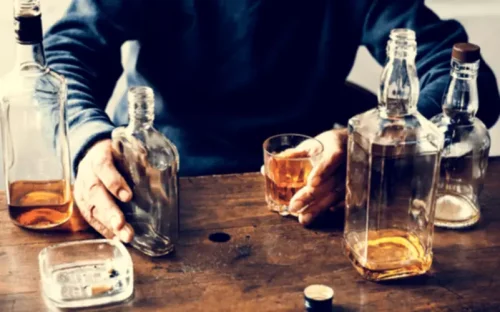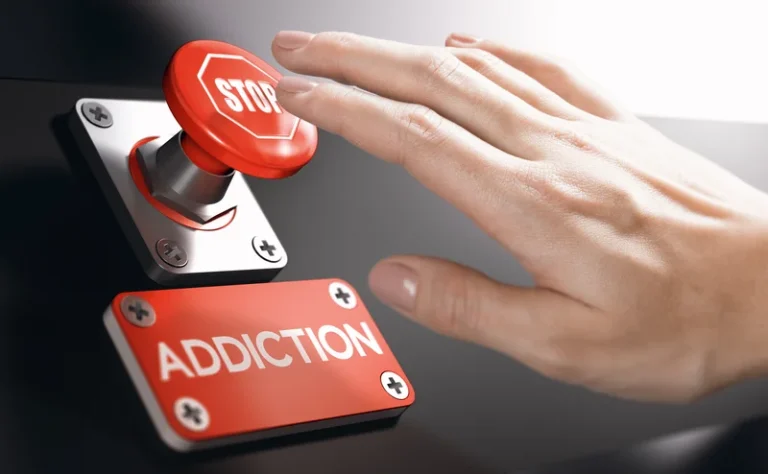
You can reduce the carb and sugar content of a drink to a minimum by having it straight or mixing it with club soda, plain seltzer, diet soda, or a squeeze of fresh lemon or lime. Alcohol is absorbed directly into the bloodstream from the stomach or the small intestine, carried through the body, and delivered to the liver. Most importantly, if individuals wish to engage in moderate drinking, they should first discuss it with their doctor. The below information can help someone adhere to the one-drink-per-day limit for females and the two-drinks-per-day limit for males. The glucose-lowering effect of alcohol is not restricted to the peak of drunkenness — it actually peaks hours later.

Drinks to avoid
Alcohol can also contain a lot of calories, which can lead to putting on weight. Comprehensive, accurate, easy-to-understand articles written by a team who live with diabetes, and fact-checked by medical professionals. Diabetes Strong is committed to delivering content that is patient-focused and adheres to the highest standards for accuracy, objectivity, and trustworthiness. Alcohol takes longer to be absorbed into your bloodstream if you have food in your stomach. A person should avoid sweetened liquor or alcohol mixed with sodas or punch.
- Drinking is individualized and there’s no universal rule for how to do it safely when you live with diabetes.
- Therefore, regular blood sugar checks are important, including overnight if necessary.
- In most patients, the disease develops before age 40, primarily during childhood or adolescence.
- Thus, insulin does not lower blood sugar levels to the extent that it does in people without diabetes.
Mitigating the Risks of Drinking Alcohol for People With Diabetes

Alcohol can cause blood glucose levels to rise or fall, depending on how much you drink. Some diabetes pills (including sulfonylureas and meglitinides) also lower blood glucose levels by stimulating the pancreas to make more insulin. Combining the blood-sugar-lowering effects of the medication with alcohol can lead to hypoglycemia or “insulin shock,” which is a medical emergency. Alcohol intake can affect fertility in men and women, so if you are trying for a baby it is important to cut back. For pregnant women the safest is not to drink alcohol at all during pregnancy.
Effects of alcohol

The mechanisms underlying the development of alcoholic ketoacidosis are complex. However, some typical contributing factors result in insulin lack and excess glucagon levels, thereby promoting the development of ketoacidosis. As mentioned earlier in this article, poor food intake can lead to depleted glycogen levels. Furthermore, continued alcohol metabolism results in diminished gluconeogenesis. Both the depletion of glycogen and diminished gluconeogenesis lead to lower blood sugar levels.
Be Good to Your Heart and Waistline

In contrast, T2DM (non-insulin dependent diabetes) continue to produce insulin in the early phase of the disease; however, the body resists insulin’s effect. Initially, resistance can be overcome by increasing insulin production. A deficit in insulin can diabetics get drunk secretion, coupled with the state of insulin resistance, leads to T2DM [20]. Therefore, T1DM is characterized by a complete lack of insulin production, whereas, T2DM is characterized by a reduction of insulin production plus resistance [21].
Can You Drink Safely With Type 2 Diabetes?
- „However, the benefit of improving HDL is lost if a person gains weight,” Graber says.
- Hypoglycemia treatments such as juice or regular soda might be available where you are consuming alcohol, but it’s best to have treatments on hand.
- Previous report suggested that hypertension and dyslipidemia are implicated in the onset of type 2 diabetes51.
- Most diabetes medications work to lower your blood sugar (glucose) levels — and they’re particularly good at the job.
The use of rapid insulin could make the morning-after hypoglycemia even more extreme. It may be safer to avoid sugary booze — and safer still to avoid any alcohol in the first place. That means that you’re just as likely to have blood sugar issues the morning after drinking. And the more you drink, the greater the likelihood of low blood sugar, and the less capable you will be of dealing with it. Handling a hangover may require additional preparation and care, according to Everyday Health’s network site Diabetes Daily.

Previously, our study demonstrated that chronic heavy drinking aggravates T2DM. However, more attention needs to be paid to impact of chronic alcohol consumption on the glucose metabolism and insulin resistance that have already been described in patients with T2DM. In addition, T2DM patients are typified by a decreased fat oxidative capacity and elevated levels of circulating free fatty acid [27]. The letter is known to cause insulin resistance by reducing stimulated glucose uptake, which most likely accumulated in the lipid inside the muscle cell [28]. A reduced fat oxidative capacity and metabolic inflexibility are important components of muscle insulin resistance [29].
- In most cases, people with type 2 diabetes can drink alcohol in moderate amounts.
- Alcohol can also interact with some medications that are prescribed to people with diabetes.
- Don’t take a hot bath, hot tub or sauna because the heat combined with the alcohol may cause your blood pressure to drop too much.
- While a glass of wine with dinner probably isn’t a big deal, a mojito on an empty stomach at happy hour is.
- Drinking alcohol when you take glucose-lowering medications (insulin) or certain oral medications can increase the risk of low blood sugar.
- If you’re living with diabetes, talk to your doctor about how alcohol may impact your condition management plan, even if you only have an occasional alcoholic beverage.